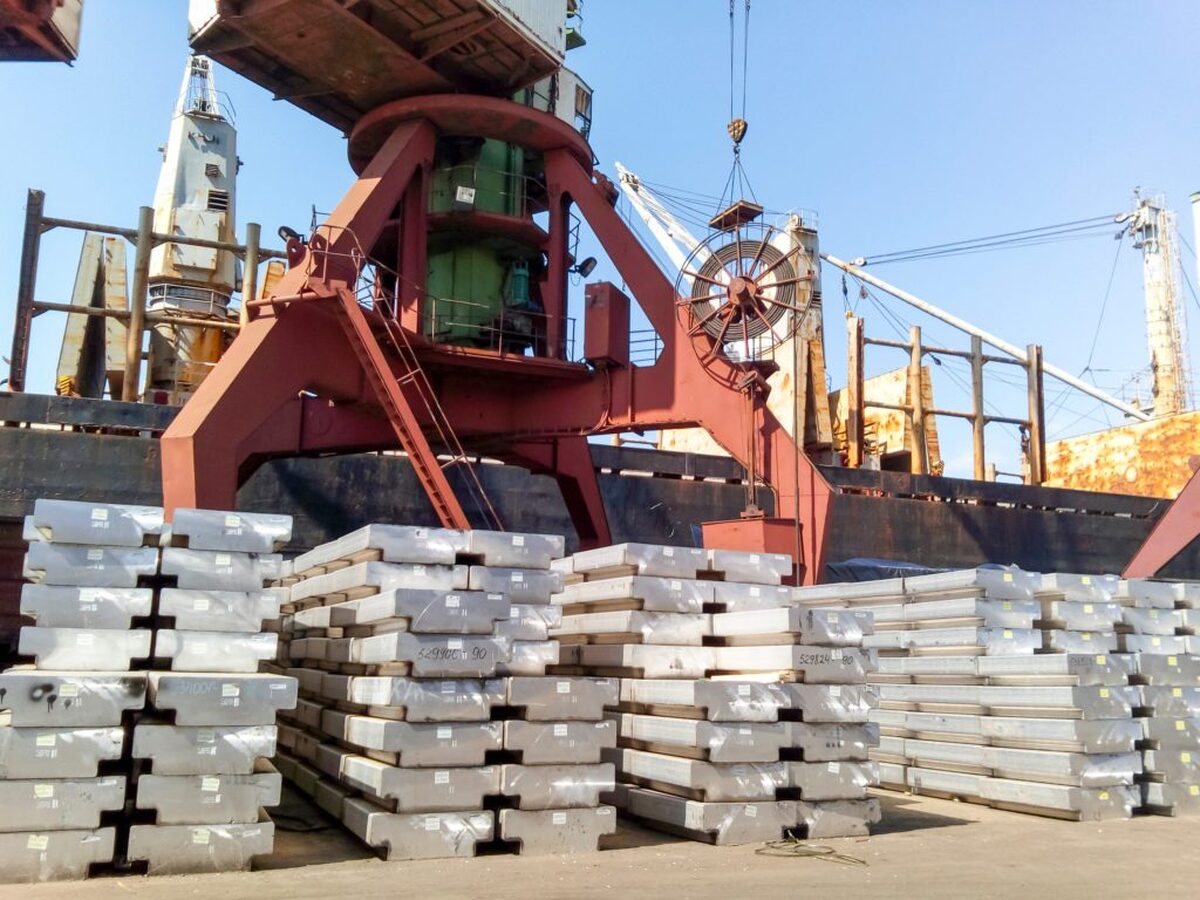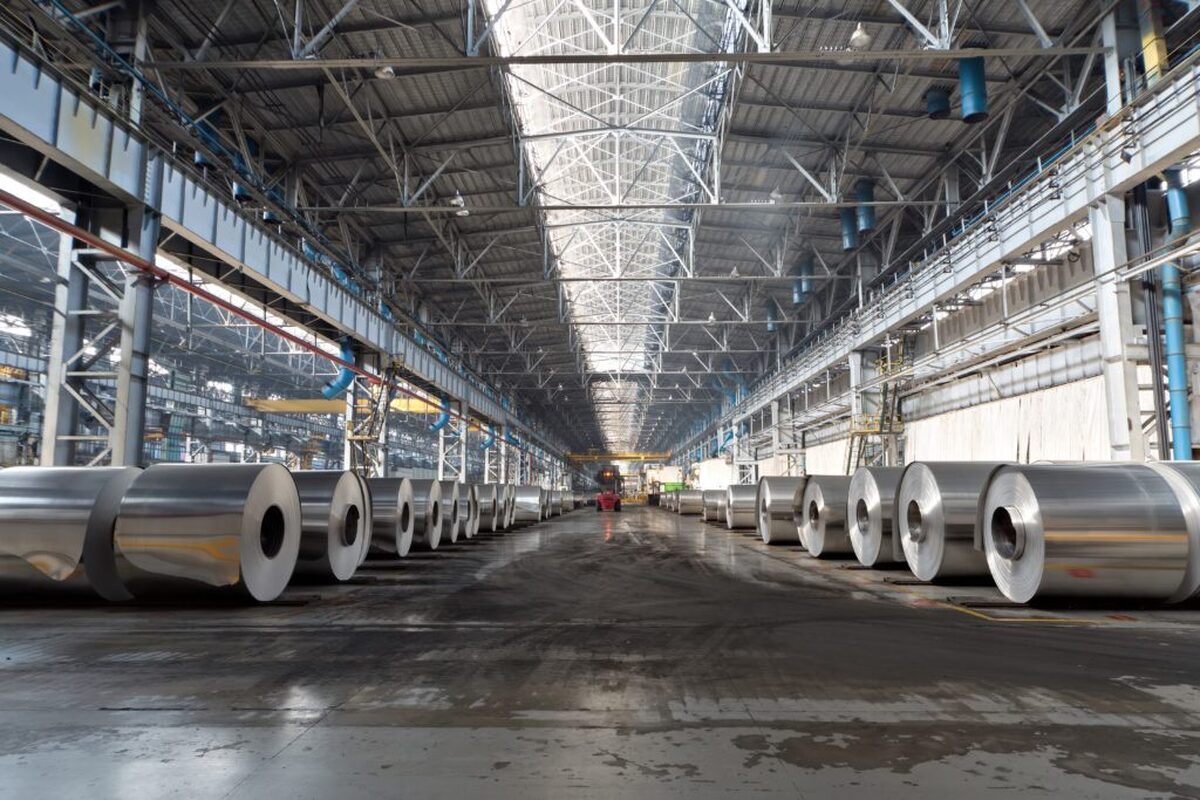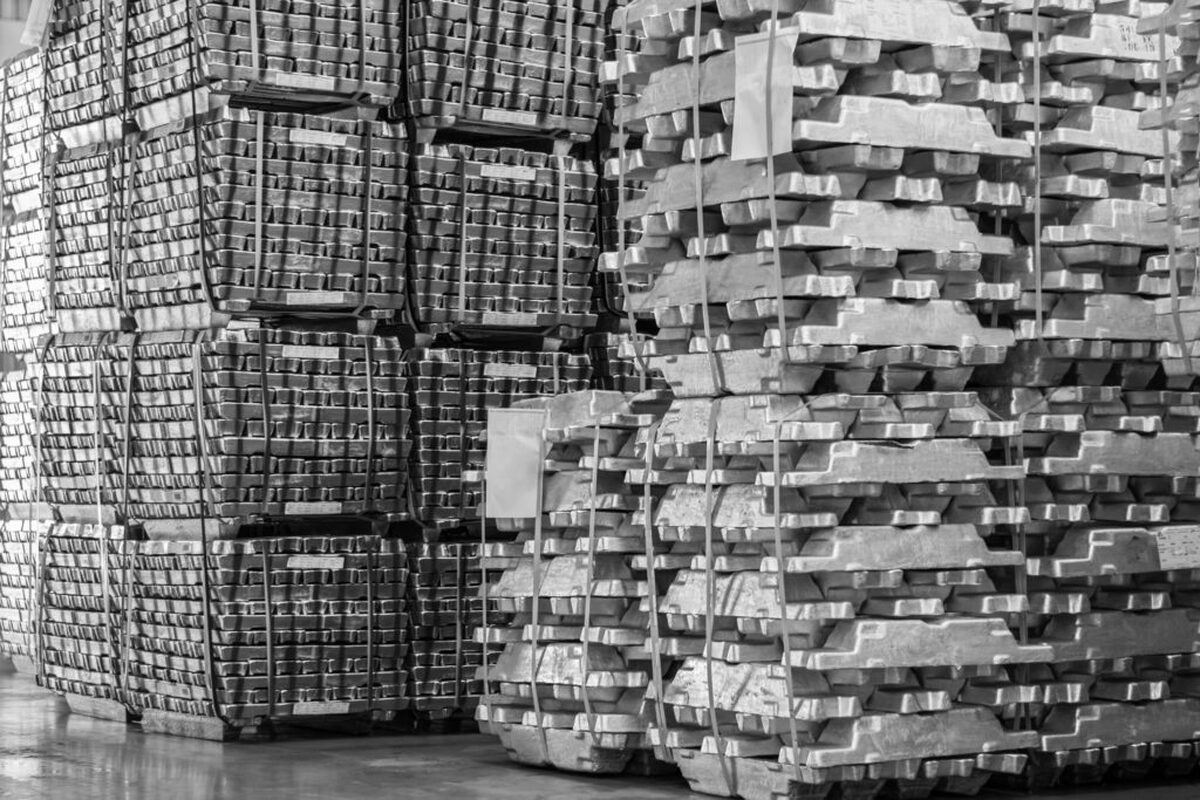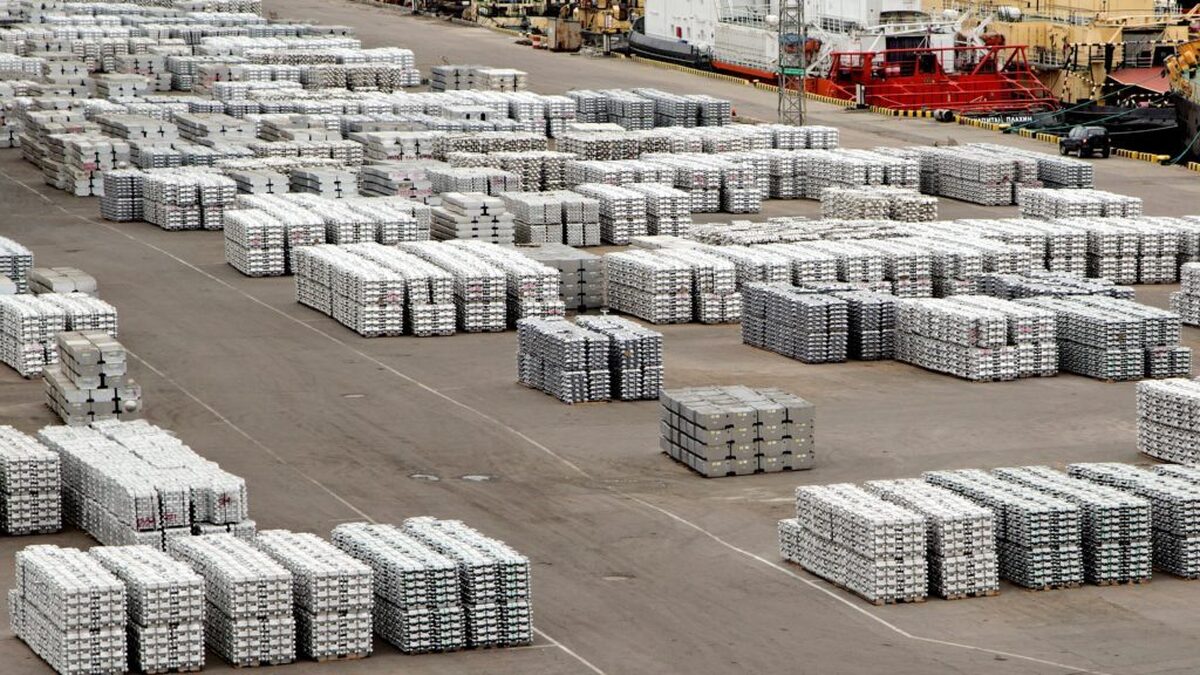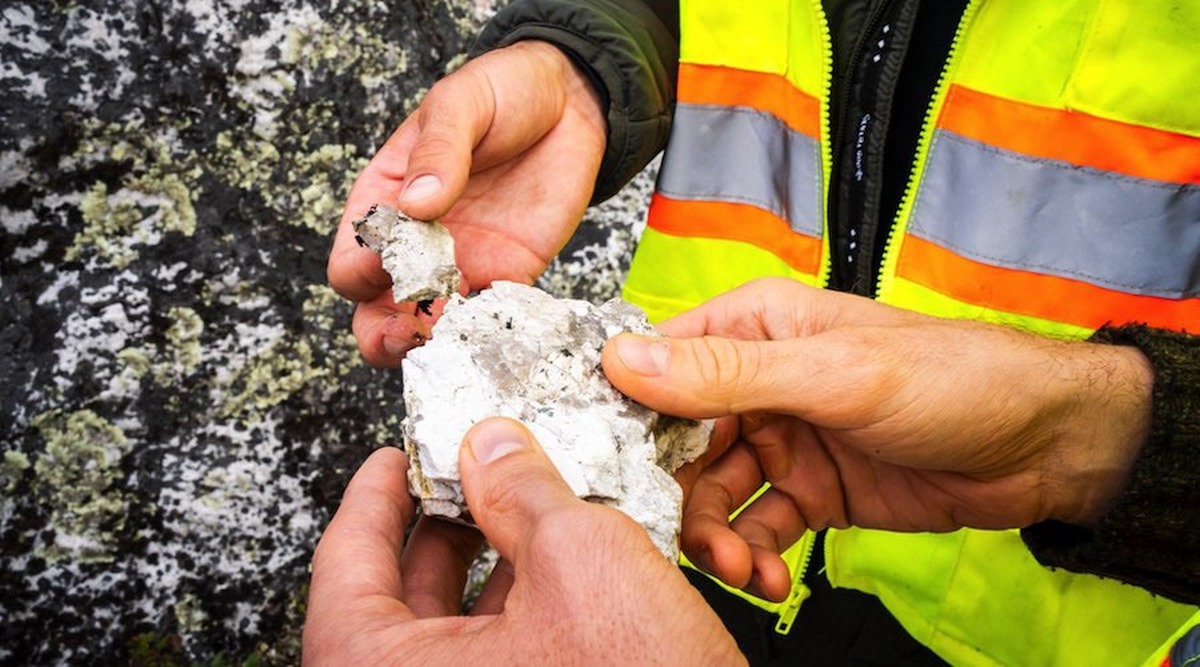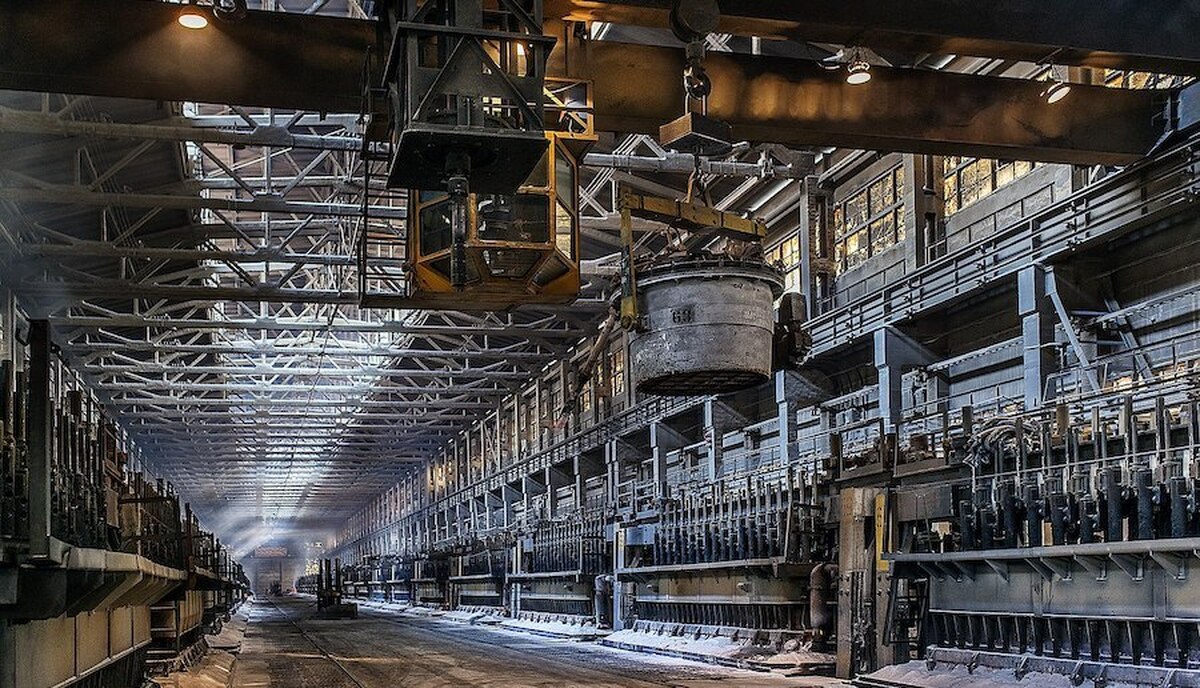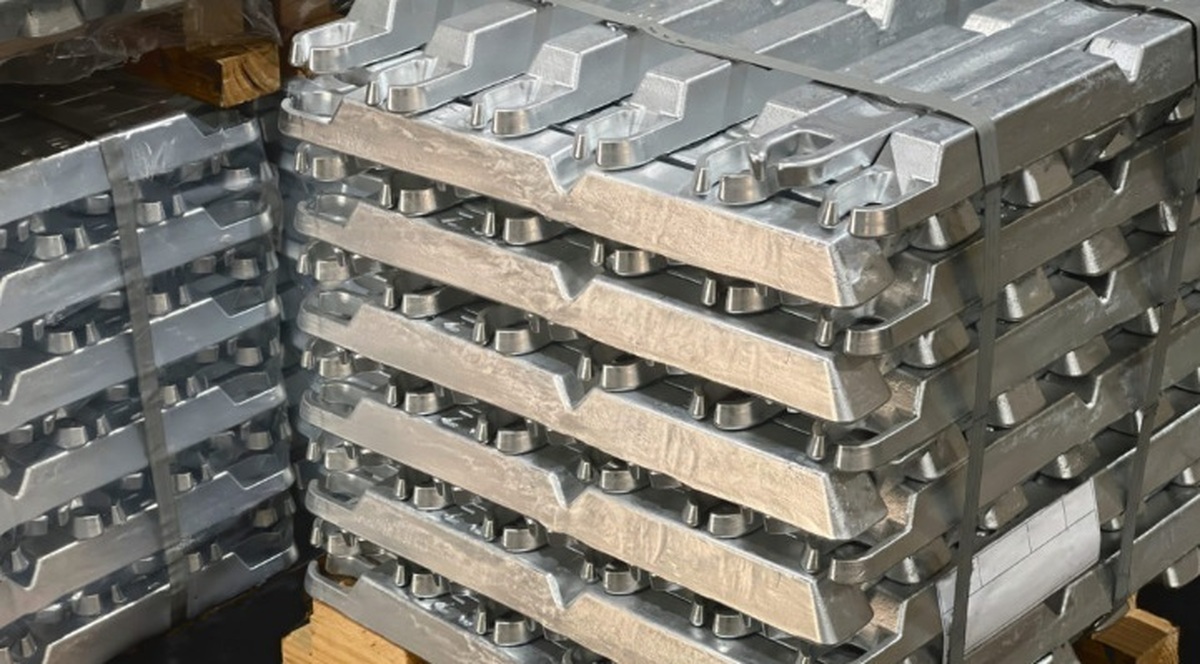
Key trends for aluminum in 2020
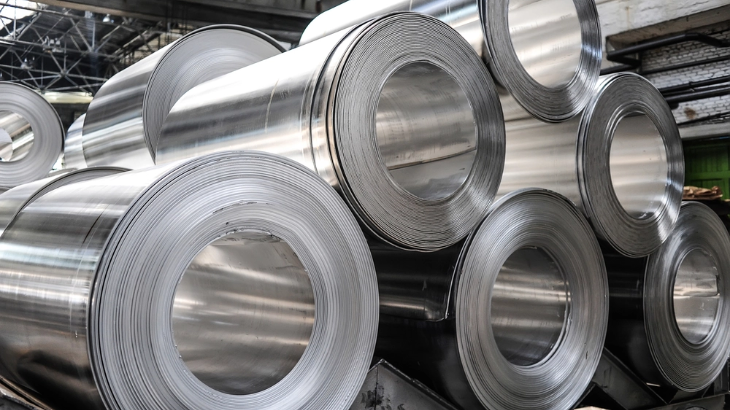
Chinese capacity
Wood Mackenzie forecasts more than 1 million tonnes of new aluminum smelter capacity to be added in 2020, with an estimated demand increase of only a third of that figure.
While greenfield capacity commissioning and restarts will likely stay on target, high-cost smelters may buckle under the strain of low London Metal Exchange (LME) aluminum prices. As a result, voluntary production cuts could soften Wood Mackenzie’s surplus outlook.
Alumina production – excluding China – is growing faster than its equivalent aluminum production.
“The stability of the overall global alumina market therefore depends on exports to China in a steady and regular pattern. An unpredictable pattern sets up the potential for depressed prices where producers may be unwilling, or unable, to significantly curtail output”, says Wood Mackenzie head of aluminum, Edgardo Gelsomino.
Gelsomino points out that the more China imports, the more domestically produced alumina it will have to displace. “Lower alumina prices may therefore force Chinese refineries to cut output or delay expansion plans”.
Middle East tensions
Production may be also impacted by an escalation in Middle East tensions.
“With 6.8 metric tonnes, the Middle East region holds 10% of the world’s aluminum production and that figure rises to 22% if China is taken out of the equation”, says Gelsomino.
A blockade of the strait of Hormuz – between the Persian Gulf and the Gulf of Oman – has the potential to disrupt the flow of region’s aluminum, according to Wood Mackenzie.
“Except for Saudi Arabia and Oman, given their lower reliance on the strait of Hormuz, all other operations are vulnerable”, Gelsomino says.
“We calculate that around 4 million tonnes of smelter production may be affected by a lack of raw materials, including those operations relying on both imported and domestically sourced alumina”, he says.
Energy transition
The global energy transition is also expected to impact the industry as green aluminum may finally deliver the premium sought by producers.
Globally, fossil fuel sources accounted for 72% of total smelter electricity supply in 2019.
Several producers already have their own green aluminum brands given their use of hydroelectric power.
“2020 may well be the year when there is a consolidation of the concept of a two-tier market for primary aluminum,”
Wood Mackenzie head of aluminum, Edgardo Gelsomino
“While Hydro, UC Rusal, Rio Tinto (NYSE: RIO), and Alcoa (NYSE: AA) have been selling low carbon primary metal for several years, they have not received a green premium for the LME priced aluminum made from fossil fuels. Similarly, no major consumer has stated an intention to pay more for greener aluminum”, says Gelsomino.
“The LME is investigating the possibility of creating a new market for green aluminum by using warehouse ownership documents to identify low carbon material. However, it has rejected creating a low carbon futures contract, which would generate a differentiated price”
“2020 may well be the year when there is a consolidation of the concept of a two-tier market for primary aluminum,” he says.
Guinea supply
The incumbent president in Guinea, Alpha Conde, is seeking to hold a referendum in towards in 2020.
“On 7th January 2020, the opposition party announced that it would boycott legislative elections scheduled in February in protest. Our base case is that the disruption to bauxite production and exports will be minimal”.
“However, the expansion in Guinea’s bauxite production since 2015 means that export infrastructure is a strategic target should anti-government protests become more focused. Guinea bauxite supply now accounts for about two-thirds of the global seaborne market,” concludes Gelsomino.


Gold price edges up as market awaits Fed minutes, Powell speech

Glencore trader who led ill-fated battery recycling push to exit

Emirates Global Aluminium unit to exit Guinea after mine seized

Iron ore price dips on China blast furnace cuts, US trade restrictions

Roshel, Swebor partner to produce ballistic-grade steel in Canada
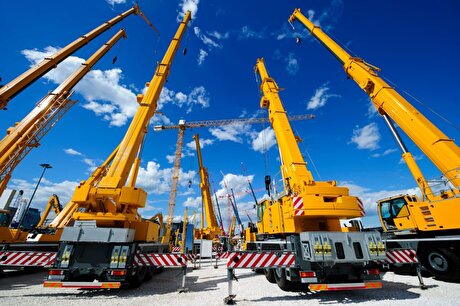
US hikes steel, aluminum tariffs on imported wind turbines, cranes, railcars

Trump weighs using $2 billion in CHIPS Act funding for critical minerals

EverMetal launches US-based critical metals recycling platform
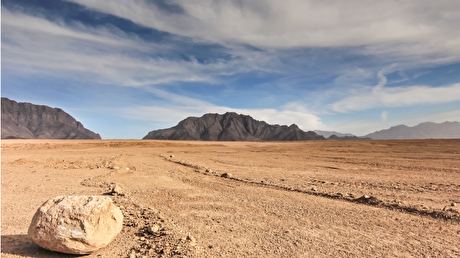
Afghanistan says China seeks its participation in Belt and Road Initiative

Energy Fuels soars on Vulcan Elements partnership

Northern Dynasty sticks to proposal in battle to lift Pebble mine veto

Giustra-backed mining firm teams up with informal miners in Colombia

Critical Metals signs agreement to supply rare earth to US government-funded facility

China extends rare earth controls to imported material

Galan Lithium proceeds with $13M financing for Argentina project

Silver price touches $39 as market weighs rate cut outlook

First Quantum drops plan to sell stakes in Zambia copper mines
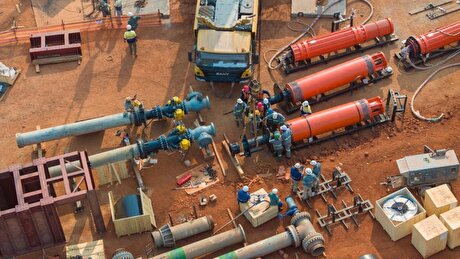
Ivanhoe advances Kamoa dewatering plan, plans forecasts

Texas factory gives Chinese copper firm an edge in tariff war

Energy Fuels soars on Vulcan Elements partnership

Northern Dynasty sticks to proposal in battle to lift Pebble mine veto

Giustra-backed mining firm teams up with informal miners in Colombia

Critical Metals signs agreement to supply rare earth to US government-funded facility

China extends rare earth controls to imported material

Galan Lithium proceeds with $13M financing for Argentina project

Silver price touches $39 as market weighs rate cut outlook

First Quantum drops plan to sell stakes in Zambia copper mines

Ivanhoe advances Kamoa dewatering plan, plans forecasts

